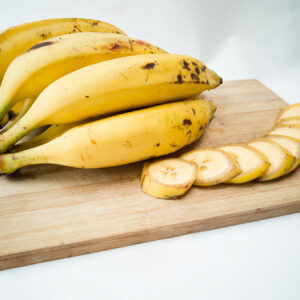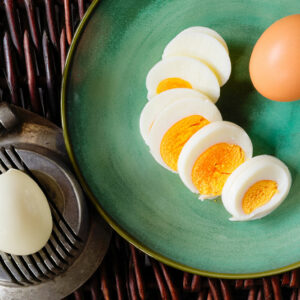
01
10 things to consider before a cosmetic procedure
Cosmetic procedures date back centuries, however, in the last few years, there has been considerable advancement in the field, making it more accessible and popular. However, this popularity has also resulted in several issues, such as unqualified practitioners and botched procedures. To avoid this from happening, one must plan their procedures carefully and make well-informed decisions. So, here are a few things to consider before opting for a cosmetic procedure: 1. Surgeon’s expertise and experience One of the most important aspects to consider before undergoing any cosmetic procedure is finding the right surgeon. The goal is to find a competent, experienced surgeon who can guarantee a successful procedure. To achieve this, one can find accredited medical centers and other authentic boards to ensure that the surgeon has the right education and training. One should consider the following factors as well: Certifications: Before finalizing a surgeon, one needs to ensure that they are board certified and recognized by the state as a legitimate plastic surgeon who is trained and allowed to perform the procedure. Evidence of work: Asking for previous examples of similar procedures performed by the surgeon can also help one feel assured, helping build trust between the patient and the doctor. Comfort levels: Cosmetic procedures often require the patient and surgeon to work together to achieve the desired results. To achieve this, it is important to have a strong channel of communication and a certain level of comfort between the two entities. 2. Post-procedure expectations Another important consideration before opting for a cosmetic procedure is setting realistic expectations. To do so, one must evaluate the purpose of choosing cosmetic surgery. While cosmetic procedures can help one enhance certain features, they cannot address emotional concerns associated with appearance. So, before opting for a cosmetic procedure, one must have a detailed conversation with their surgeon about their goals and expectations for this procedure.
Read More 










